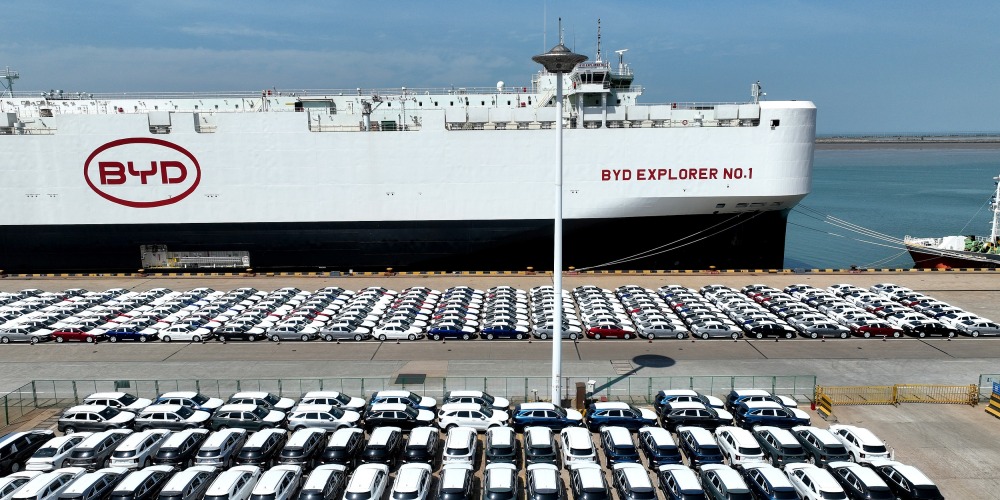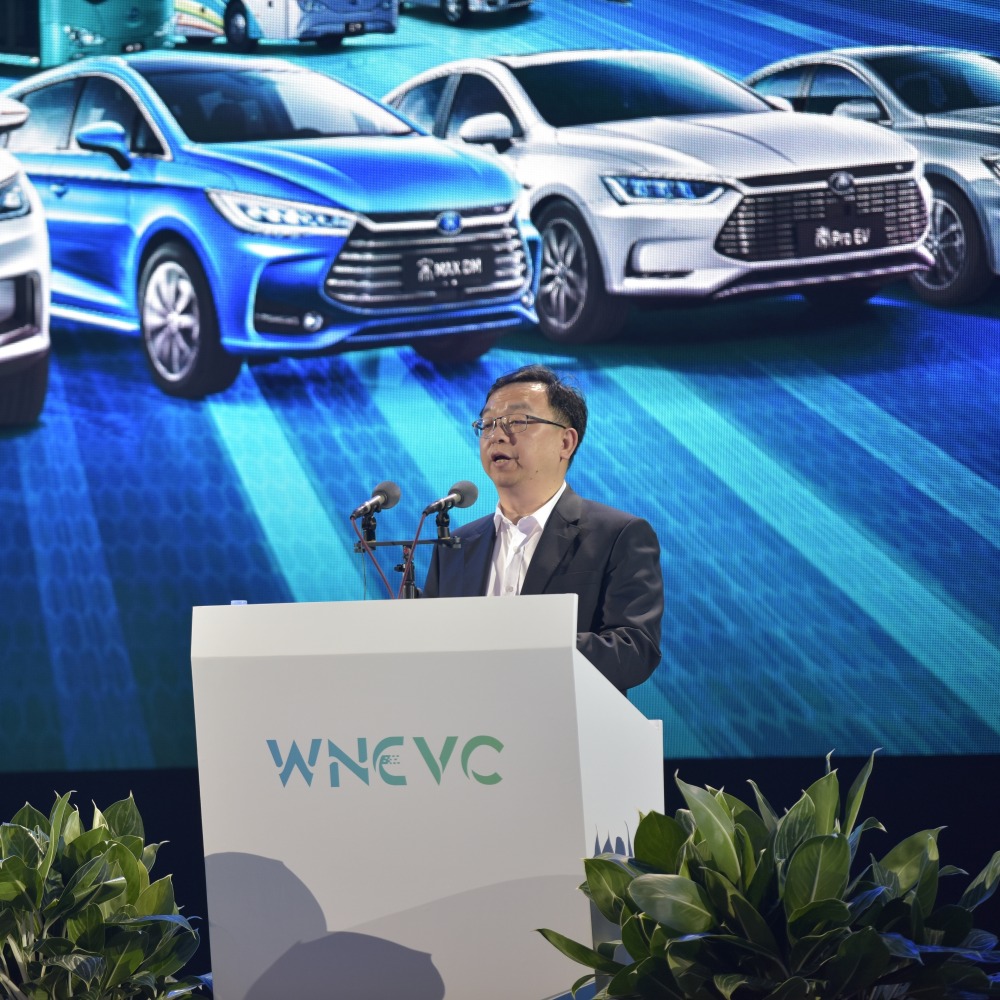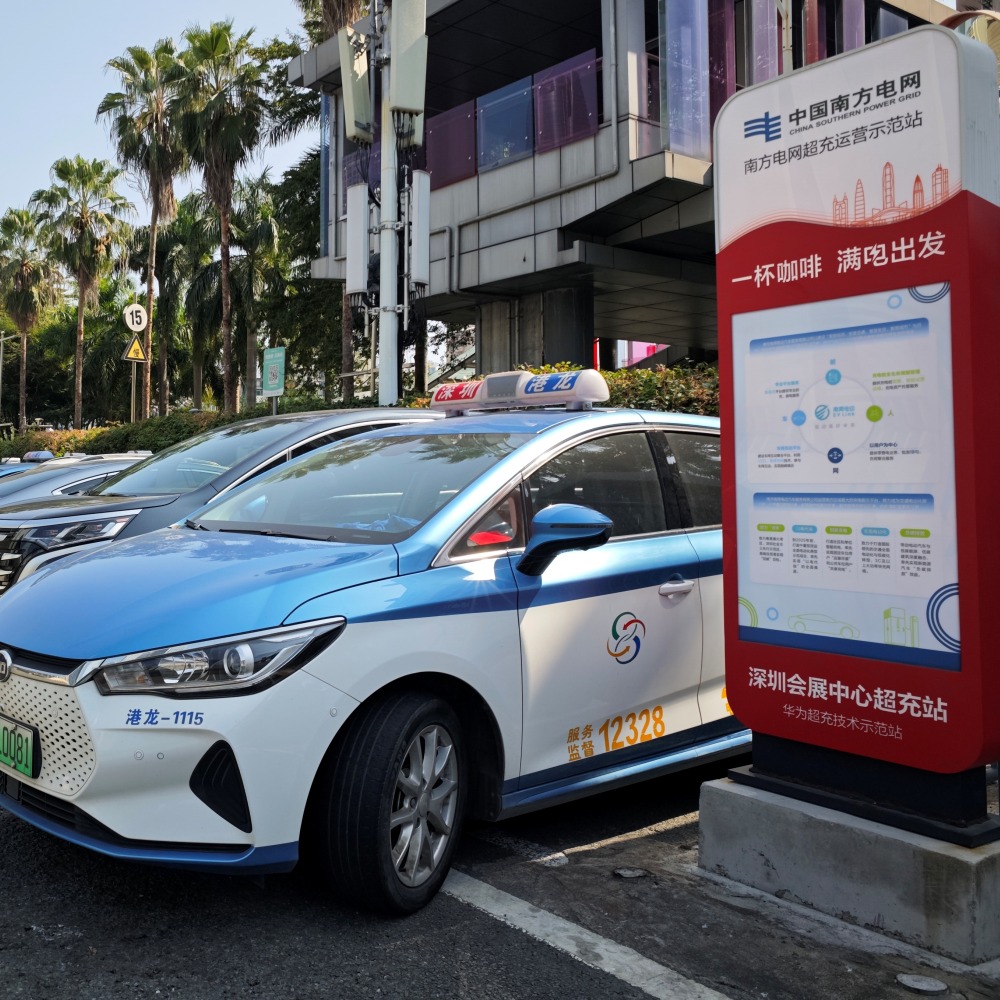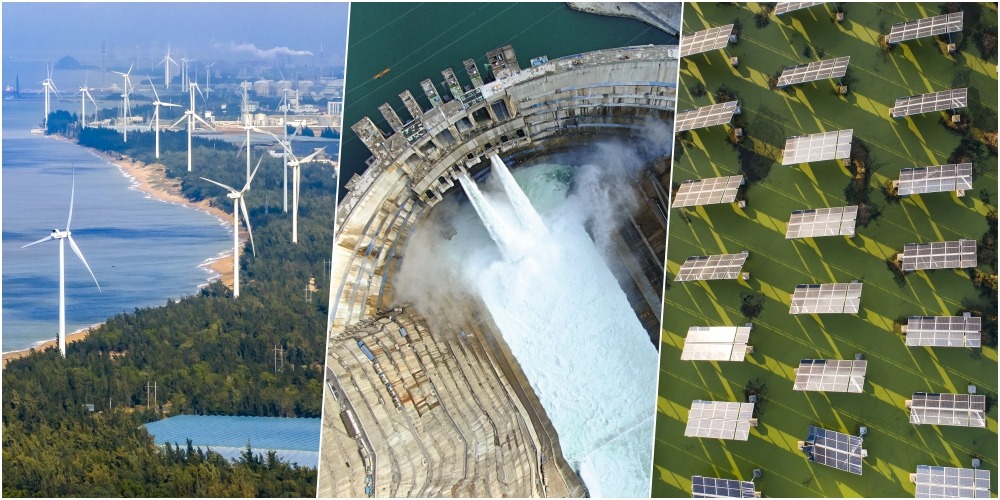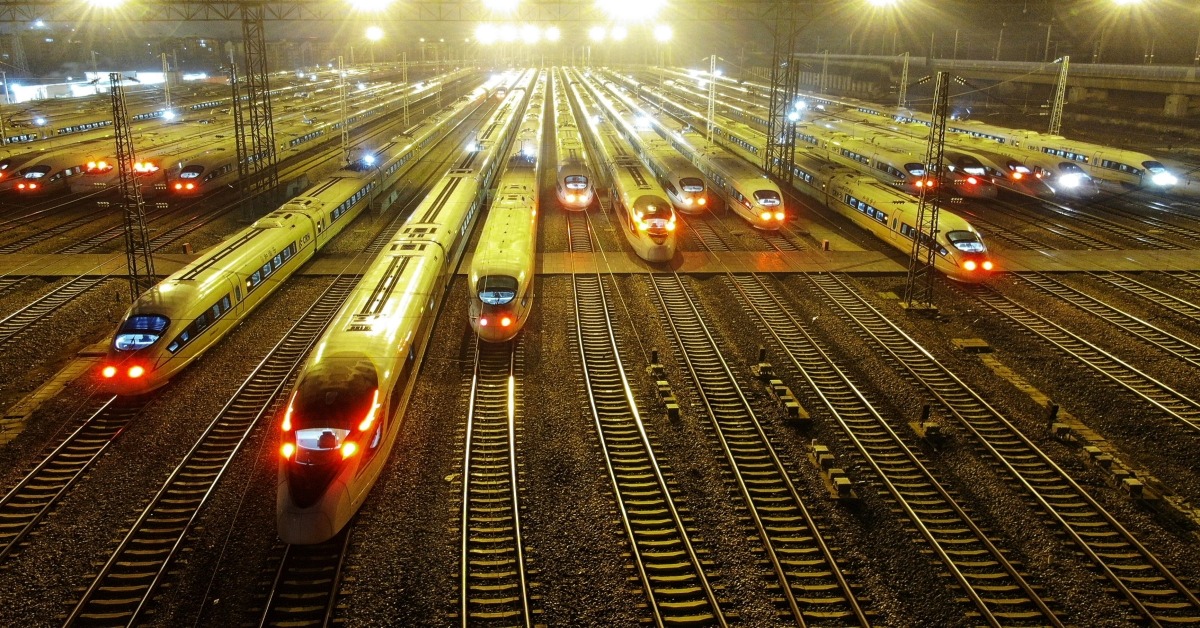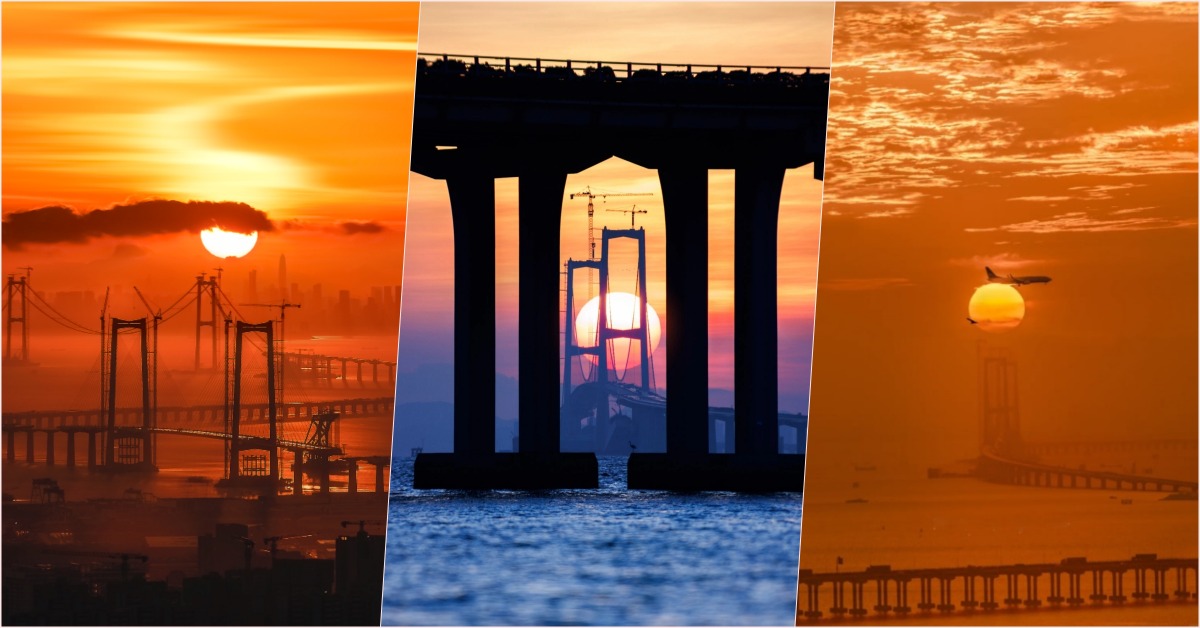Published : 2024-10-08
Since the founding of the People's Republic of China (PRC) 75 years ago, the country has weathered storms and undergone tremendous changes.
This series, "Extraordinary 75 Years", provides a deep dive in China's achievements and breakthroughs over the past 75 years.
This article, as the third one of the Chapter of Environmental Protection, illustrates the reasons behind the extraordinary achievements and global leadership of China's new energy vehicles.
Chinese auto industry has gone through over 70 years of development from scratch. It has now transitioned from being the "follower" to the "surpasser".
By 2023, China surpassed Germany and Japan to become the world's largest car exporter, with the industry of new energy vehicle (NEV) being key to boosting the rapid growth of China's automobile industry.
How did China's auto industry manage to "overtake by changing lane"?
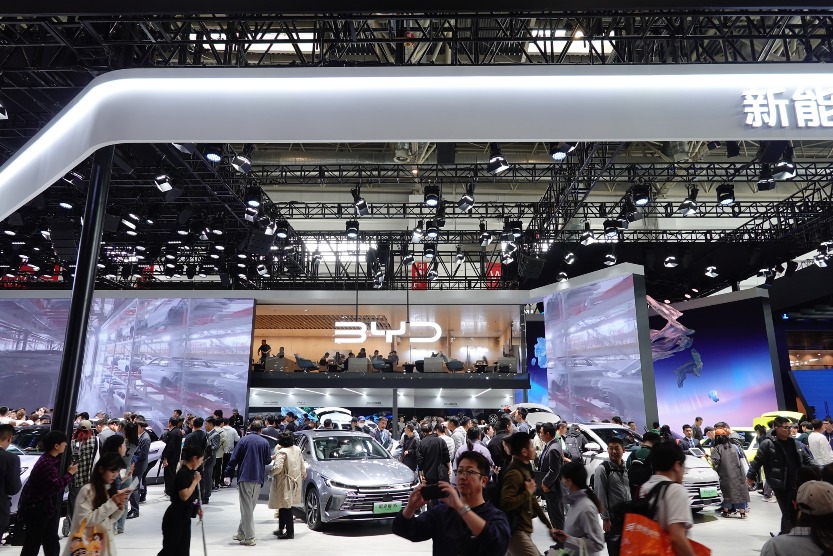
China's NEV production and sales leading the world for 9 consecutive years
Data shows that in 2023, the production and sales of China's new energy vehicles reached 9.44 million and 9.49 million respectively, leading the world for nine consecutive years and accounting for over 60% of the global share.
But back in 2011, the production and sales of NEVs in China were both less than 10,000 units, at only 8,368 and 8,159 units respectively.
In other words, in just 12 years, the production and sales of new energy vehicles in China has increased by more than 1,100 times.
The rapid growth of new energy vehicles can not be separated from government support policies.
In 2007, China implemented the rules on the production admission administration of NEV, marking the beginning of standardised management of China's NEV industry.
The authorities then again released a series of policies promoting the rapid development of the NEV industry, including the first proposal in 2009 to develop NEVs on a large scale, as well as NEV industry being listed as one of the country's seven strategic emerging industries in 2010.
In 2014, President Xi Jinping pointed out, "Developing new energy vehicles is the inevitable path for China to transition from a major automobile country to a strong automobile country."
That same year, American EV manufacturer Tesla officially entered the Chinese market, improving Chinese consumers' awareness of electric vehicles.
NEV penetration rate exceeds 50%
Within a decade of Tesla entering China, it triggered the "Catfish Effect", sparking China's self-innovation in its car industry's brands.
Now, domestic NEV brands led by BYD (比亞迪) are rising strongly due to their excellent technology and cost-effective qualities, making new energy vehicles increasingly popular nationwide.
In April 2024, the retail penetration rate of new energy passenger cars in China exceeded 50% for the first time, on par with petrol cars. Thereby the national plan's target of "achieving a penetration rate of over 50% by 2035" was achieved 11 years ahead of schedule.
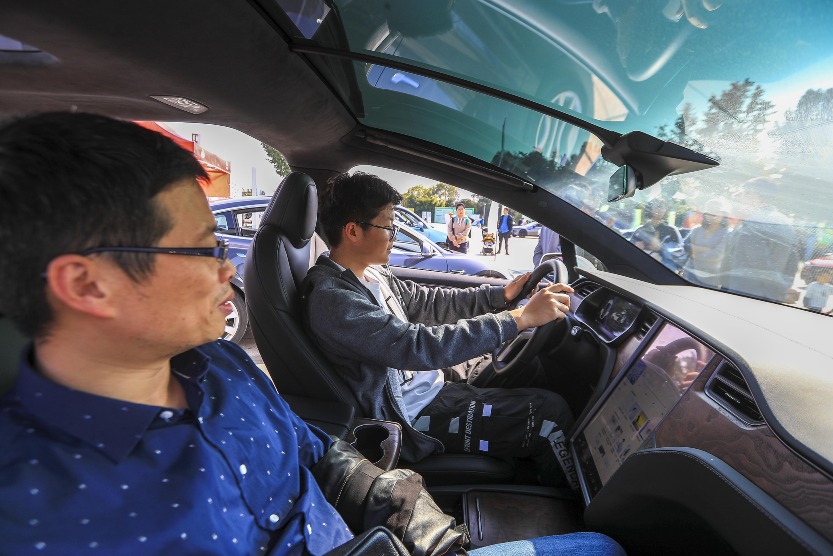
There are two main factors that make new energy vehicles the mainstream choice for travelling in China.
Firstly, the technology of new energy vehicles is maturing. The performance and range of NEVs have been significantly improved, and they can already meet the daily travelling needs of consumers.
Secondly, the central and local governments of China continue to subsidise the promotion and application of NEVs. A series of vehicle purchase subsidies and tax incentives have been introduced, which lowered the costs of purchase and further stimulated market demand.
China has implemented the policy of exempting NEVs from vehicle purchase tax since September 2014, which has been extended four times until the end of 2027, saving consumers a substantial amount of expenditure.
In addition, China also exempts NEVs from vehicle tax, and does not levy consumption tax on pure electric vehicles (PEVs).
Over 60% market share in global installed capacity of power battery
The rise of China's new energy vehicle industry has spurred the vibrant development of related industrial chains, and it is necessary to mention China's power battery industry.
Power batteries are considered the "heart" of new energy vehicles, with their performance directly impacting the vehicle's battery life, safety and cost.
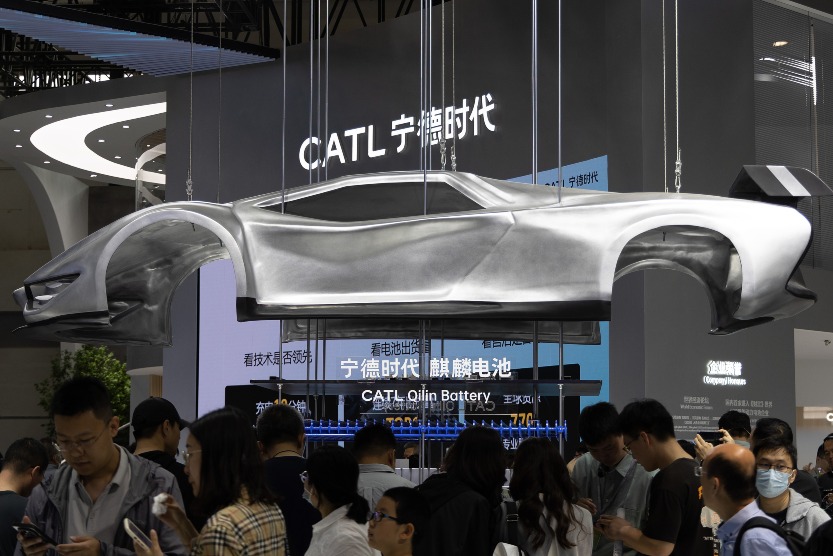
As data shows, the global electric battery installed capacity reached 705.5 GWh (gigawatt-hours) in 2023. Six out of the Top 10 companies are Chinese companies, and the global installed capacity ratio of Chinese power batteries reached 63.5%.
Among them, the combined market share of CATL(寧德時代) and BYD reached as high as 52.6%, occupying half of the market.
As the leading company, CATL has been the global sales champion in the power battery market for seven consecutive years since 2017. Currently, one in every three electric cars worldwide has a battery from CATL.
Now, CATL has gone abroad to open battery factories in Germany and Hungary. Its success is the best example of Chinese private companies insisting on independent innovation.
From the very beginning, CATL has been focused on technology research and development. Continuous research and development brought about technological innovation.
From core components like batteries, motors, and electric control unites to the manufacturing and sales of whole cars, China has built a complete system of new energy vehicle industrial chains.
Over 9 million units of charging infrastructure
To promote the development of the new energy vehicle industry and meet the public's needs, charging infrastructure is also crucial.
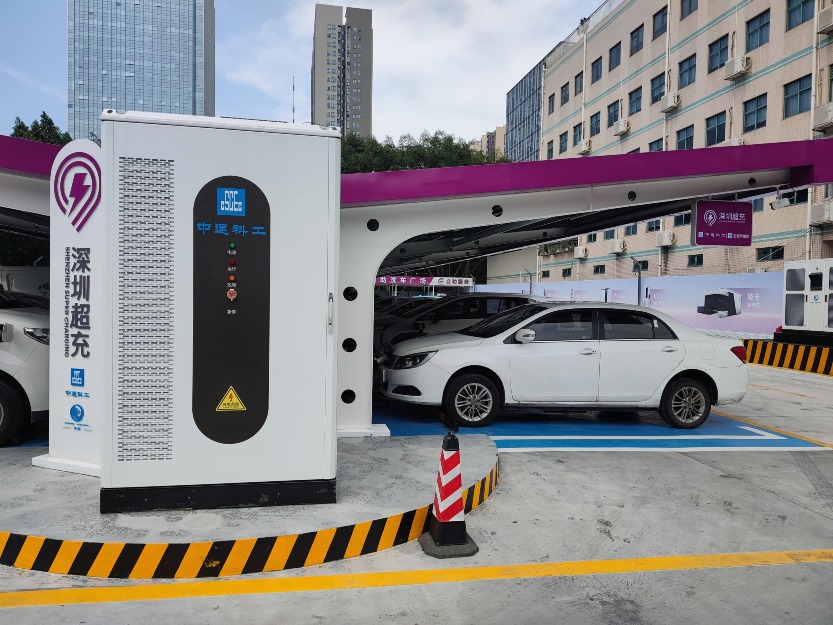
To prepare for the rapid growth trend of new energy vehicles, China applies the basic principle of "moderate advancement" in constructing charging infrastructure, which means leaving enough room in total scale, structure and function, and construction space to meet the charging needs in different scenarios.
Data from China Charging Union shows that by April 2024, the accumulated number of charging infrastructures in China is about 9.61 million, with more than 2.97 million public charging piles.
China has built up a charging infrastructure system with the largest number of facilities, the largest coverage area, and the most comprehensive service for vehicles.
NEVs emission reduction set to exceed 100 mln tonnes
China is an important driver in tackling climate change and has set the "Carbon Peak and Carbon Neutrality" targets: Striving to carbon dioxide emissions peaking before 2030, and aiming to achieve carbon neutrality by 2060.
Against the backdrop of achieving the goals, new energy vehicles have become an important engine for driving the green and low-carbon transformation of China's automobile industry.
It is estimated that by 2024, the emission reduction of China's new energy vehicles will exceed 100 million tonnes.
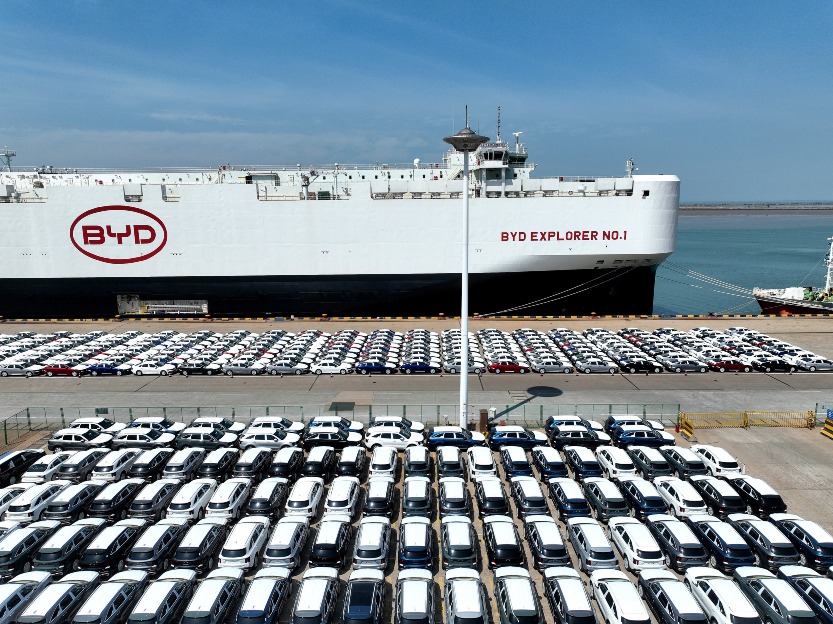
Besides, new energy vehicles exported from China to the world also play a significant role in reducing global carbon emissions.
It is estimated that every singe NEV can reduce around 1.66 tonnes of carbon emissions per year. And with the export volume of China's NEVs reaching 1.2 million unites in 2023, it means that about 2 million tonnes of carbon dioxide can be reduced each year.
China's new energy vehicle industry has achieved remarkable success and led the world, which is the result of a combination of factors.
National policies, corporate innovations, a comprehensive industrial system and supporting measures provided a solid guarantee for the rapid development of China's the NEV industry, which also helped its auto industry to achieve "overtaking by changing lane".
Read more: What has China achieved in pollution control?
Read more: How does China become "champion" of clean energy?
